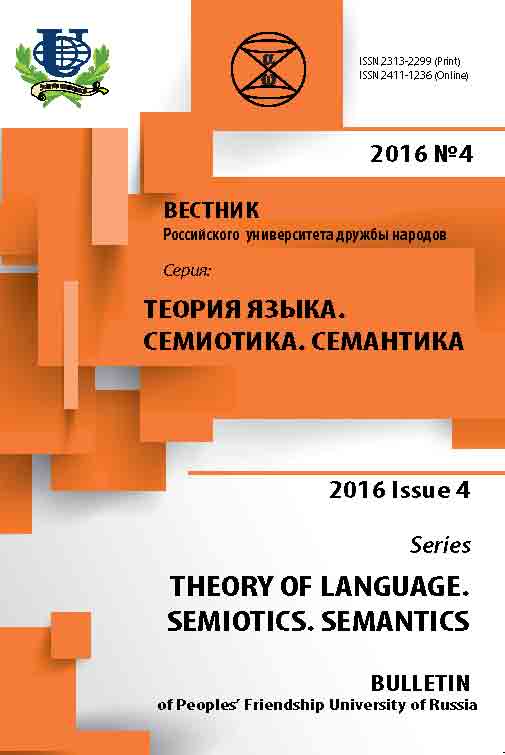Grotesques and arabesques figurative language in the French decorative art of XVII-XVIII centuries
- Authors: Tkach DG1
-
Affiliations:
- Moscow State University of Design and Technology
- Issue: No 4 (2016)
- Pages: 163-172
- Section: ARTICLES
- URL: https://journals.rudn.ru/semiotics-semantics/article/view/14312
- ID: 14312
Cite item
Full Text
Abstract
The article analyzes the imagery of grotesque and arabesque, which were an important primary source of ornamental language of French decorative arts in the XVII-XVIII centuries. Grotesque reproduced murals (fresco) of ancient buildings (caves) discovered in course of XV century excavations in Rome. Renaissance artists found similarities between grotesque and Arabic ornaments. Presumably, in this regard, the term “arabesque” was used as often as the term “grotesque” since the end of the XVI century. During the XVII-XVIII centuries, French artists Jean Bérain and Antoine Watteau renovated and deeply transformed the style and content of the Arabesque decoration. Figurative language of arabesques, the use of antiquity and the Renaissance noble values corresponded to the spirit of the Enlightenment man, satisfied its cultural needs. Nowadays arabesques remain the relevant part of the ornamental vocabulary of European designers and decorators.
Keywords
About the authors
D G Tkach
Moscow State University of Design and Technology1, Malaya Kaluzhskaya st., Moscow, Russia, 119071
References
Supplementary files












